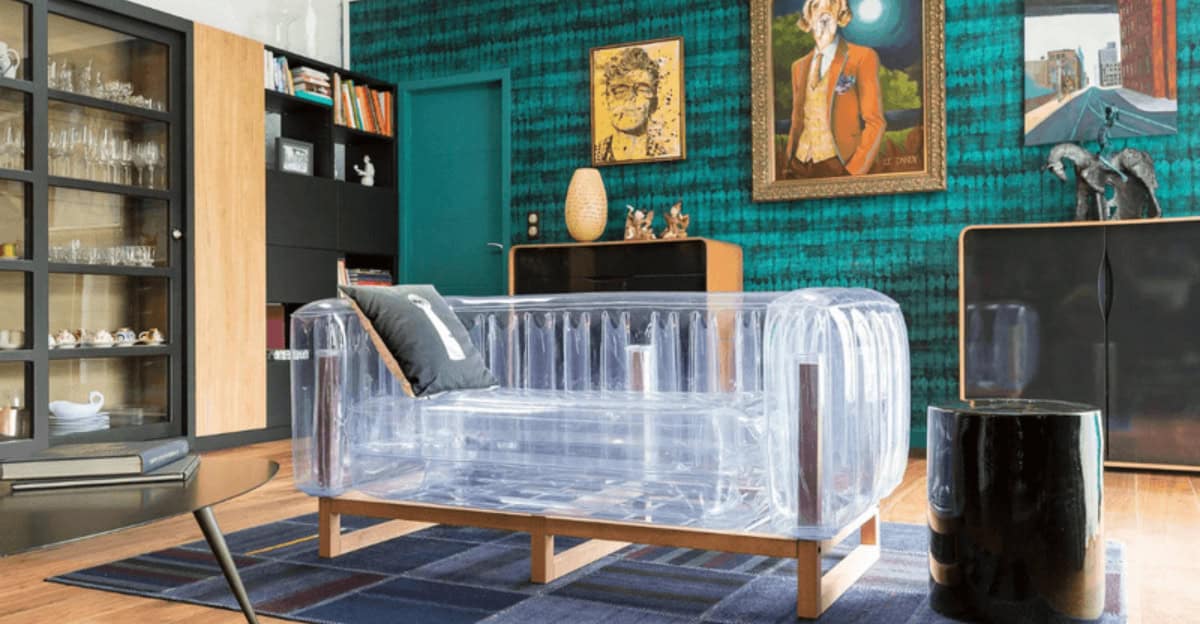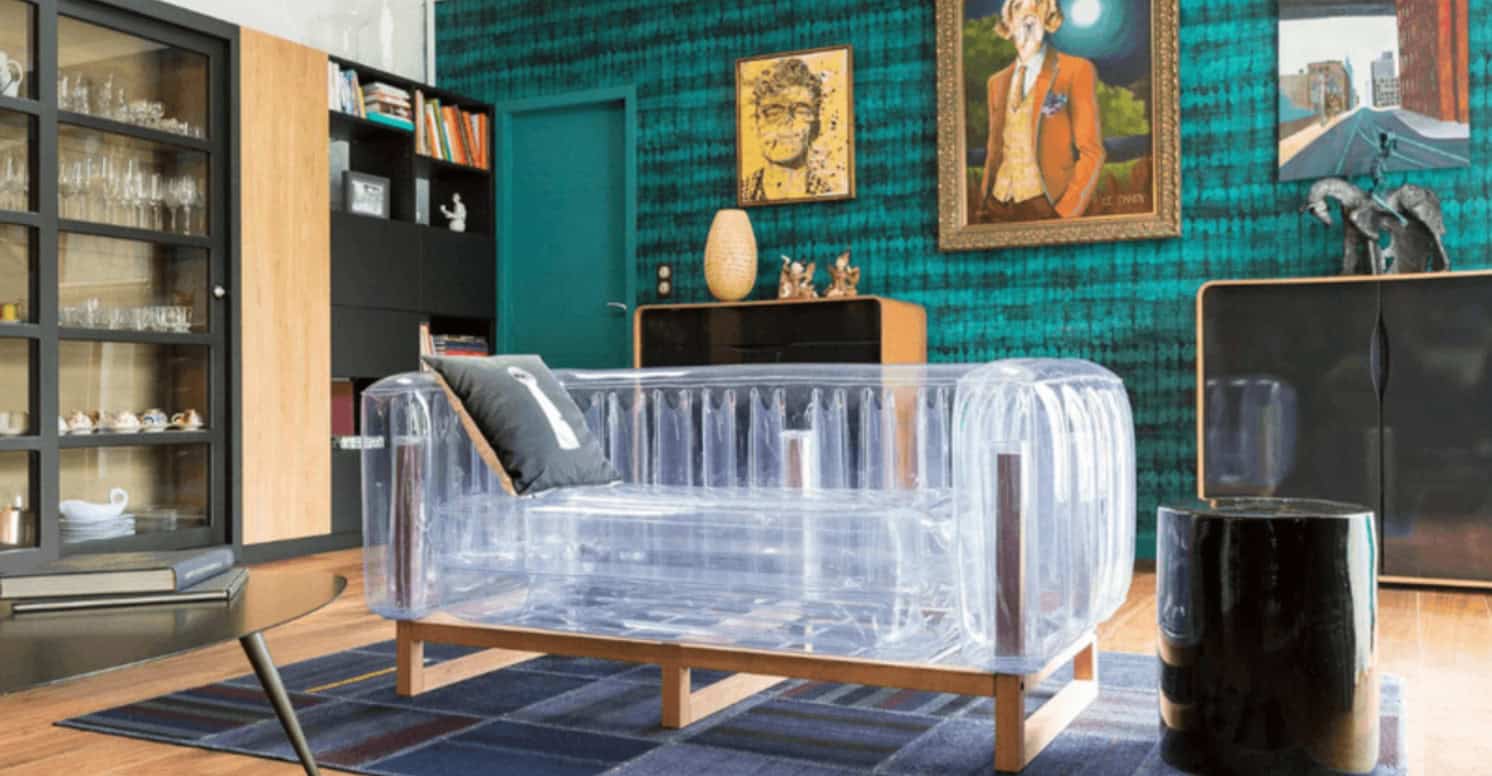Discover the decor items that defined each decade, from the roaring 20s to the vibrant 00s. Each era has its own unique style and flair, influencing the way homes were adorned.
Here’s a nostalgic look at the decor trends that filled our living spaces, reflecting the cultural and social dynamics of their times.
1. Art Deco Lamps
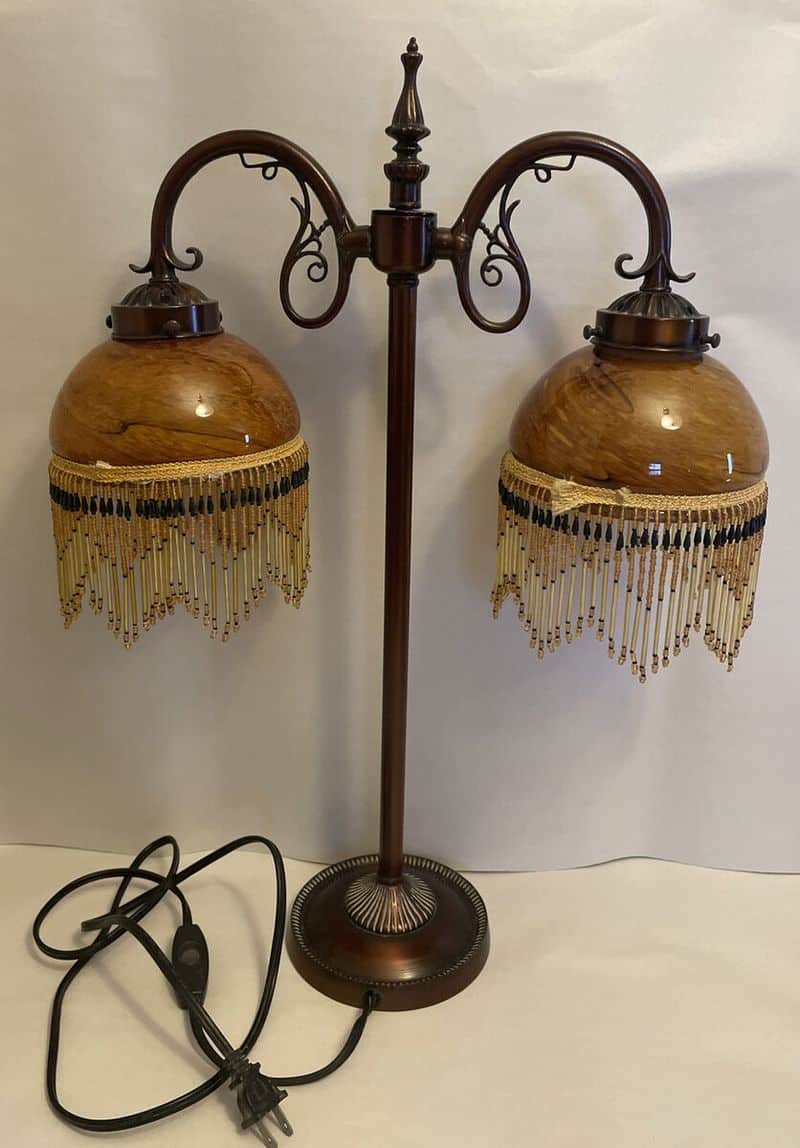
Art Deco lamps of the 1920s were characterized by bold geometric patterns and luxurious materials. These lamps often featured chrome finishes and glass shades, offering a distinct aesthetic touch.
Positioned in living rooms or atop elegant desks, they provided both illumination and style.
The influence of industrialization and the Jazz Age was evident in their design. Homes that embraced the Art Deco movement saw these lamps as a must-have decor item.
Their grandeur and elegance symbolized the prosperity of the post-war era, leaving a lasting impact on interior design aesthetics.
2. Floral Wallpaper
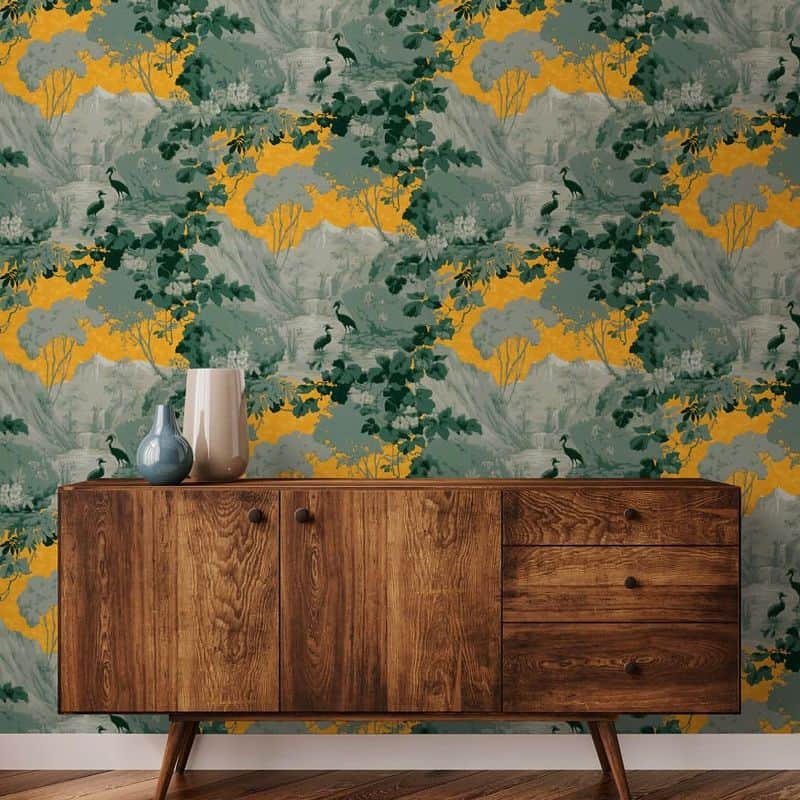
In the 1930s, floral wallpaper became a staple in home decor, reflecting the era’s affection for nature and opulence. The designs were intricate and often featured roses, vines, and other botanical elements.
This trend added a touch of elegance and warmth to living rooms and bedrooms. The wallpaper’s popularity was partly due to its versatility and ability to complement various furniture styles.
As an economic option for reinventing spaces, it allowed families to bring a sense of traditional beauty into their homes amid the Great Depression.
3. Industrial Lighting
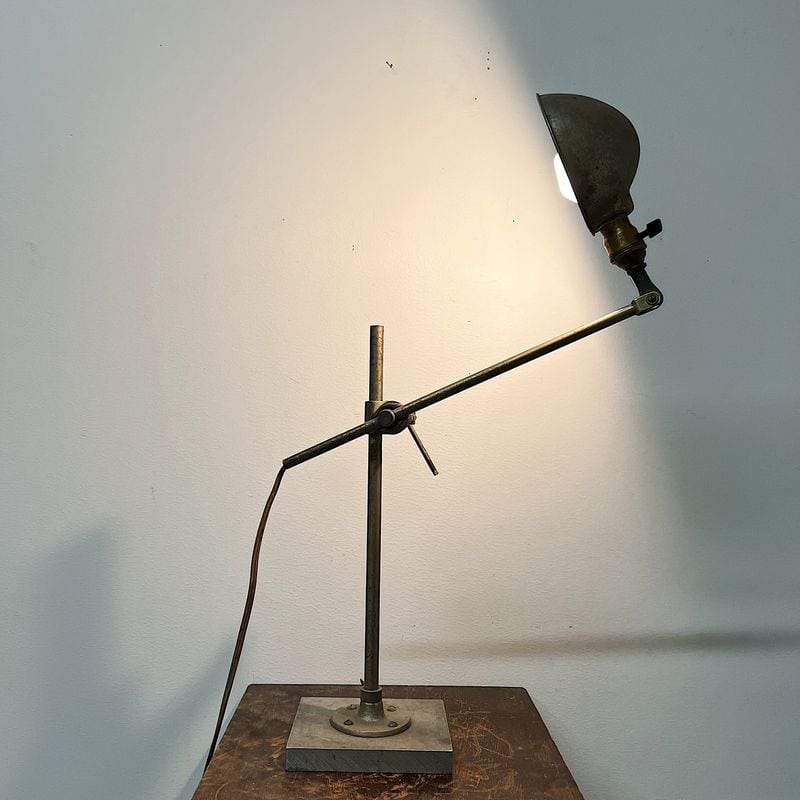
The 1940s saw a rise in industrial lighting, largely influenced by the war era’s practicality and resourcefulness. These fixtures typically featured exposed bulbs and metal accents, embodying a no-frills approach.
Industrial lighting was often found in kitchens and dining areas, providing ample illumination while maintaining a minimalist aesthetic.
This decor element was favored for its durability and cost-effectiveness, fitting perfectly into the frugal mindset of the time. The design’s simplicity resonated with those who valued functionality over ornate embellishments.
4. Mid-Century Modern Furniture
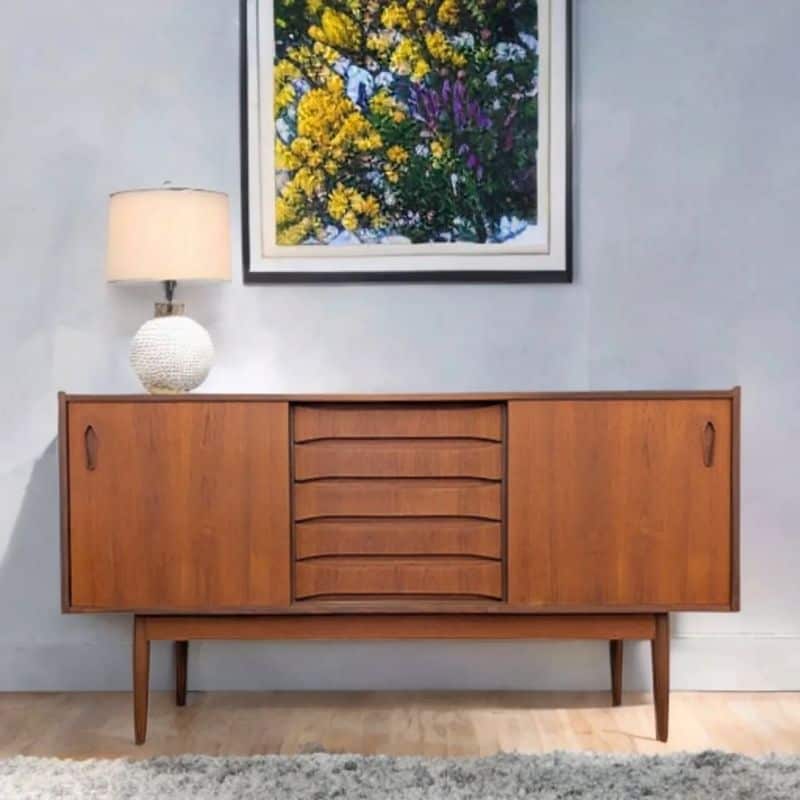
The 1950s introduced mid-century modern furniture, emphasizing organic shapes and clean lines. Pieces like the Eames lounge chair became iconic representations of this era.
This style was celebrated for its functionality and aesthetic appeal, featuring materials like teak wood and leather. It seamlessly blended form and function, making it a favorite among design enthusiasts.
Mid-century modern pieces were versatile, often used in living rooms to create a sophisticated yet comfortable environment, reflective of the era’s optimistic post-war outlook.
5. Pop Art Prints
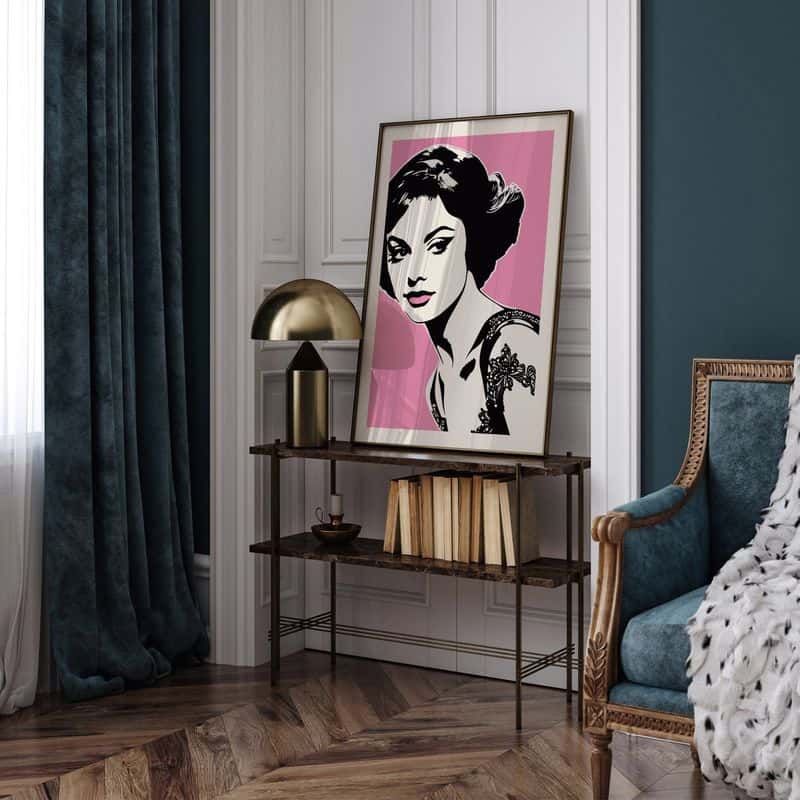
In the 1960s, pop art prints emerged as a vibrant decor trend, capturing the youthful energy of the decade. These prints often depicted popular culture icons and bold, colorful imagery.
They were more than just decorative; they represented a cultural shift, embracing consumerism and mass media. Pop art prints became centerpieces in living rooms, adding a splash of color and personality.
Their playful and rebellious nature resonated with the spirit of the ’60s, reflecting a society eager to break away from conventional norms.
6. Shag Carpets
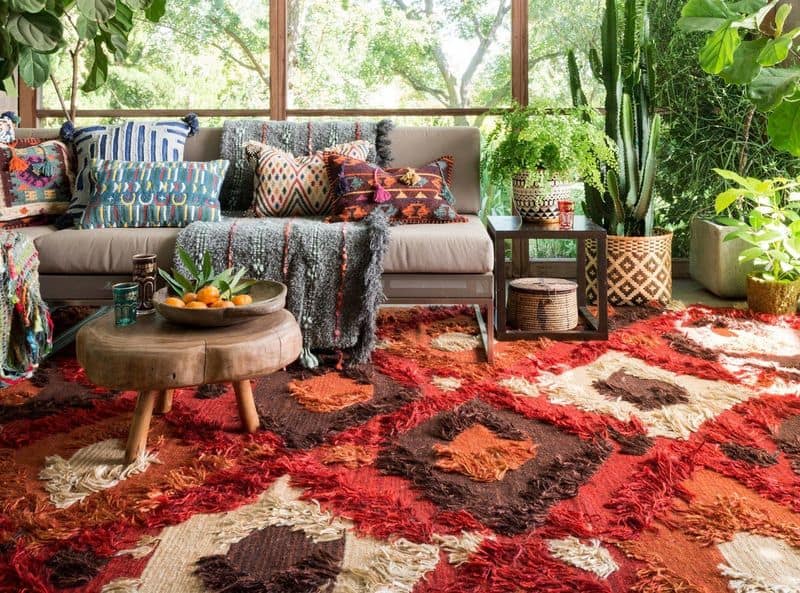
The 1970s saw the rise of shag carpets, known for their deep pile and soft texture. These carpets were often found in bold colors, such as orange or green, adding warmth and style to any room.
Shag carpets provided a cozy feel underfoot, making them a popular choice for living areas and bedrooms. Their unique texture and vibrant hues made them a statement piece in home decor.
This trend reflected the decade’s love for comfort and individuality, offering a playful touch to the otherwise subdued interiors.
7. Glass Block Walls
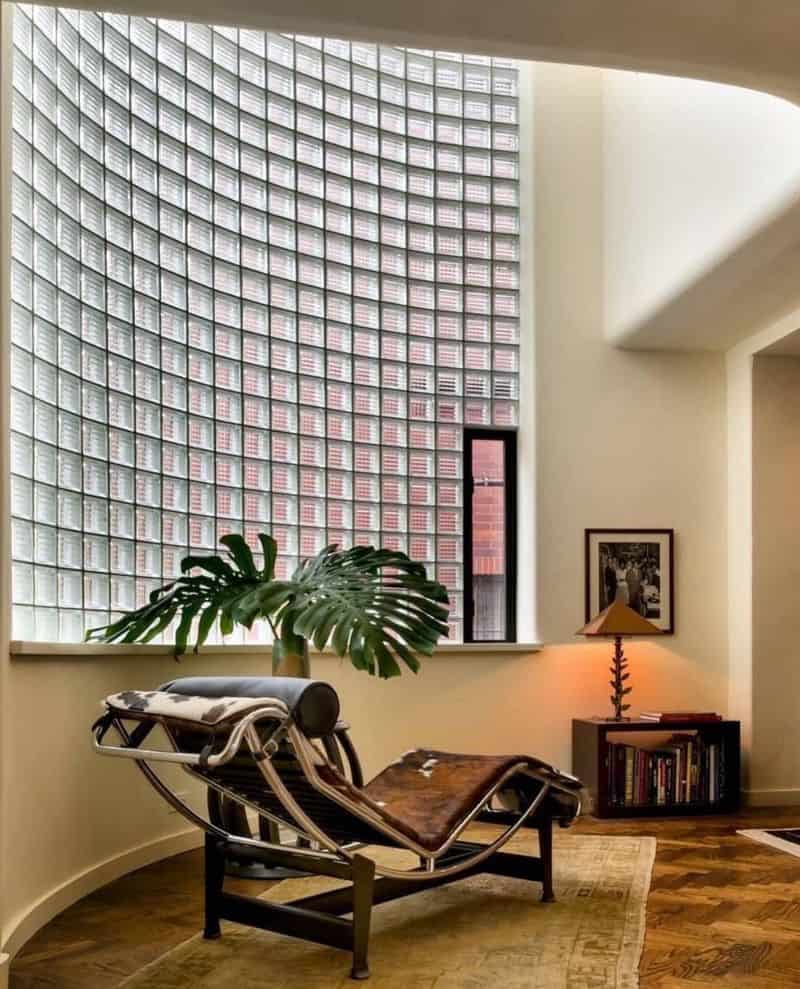
In the 1980s, glass block walls became a sought-after architectural feature, known for their ability to diffuse light while maintaining privacy. These walls were commonly used in bathrooms and entryways.
The blocks’ translucent quality allowed natural light to filter through, creating a bright and airy atmosphere. This decor trend aligned with the ’80s emphasis on modernity and innovation.
Glass block walls provided a functional yet stylish solution to spatial design, offering a unique visual element that enhanced the overall aesthetic of the interiors.
8. Inflatable Furniture
Inflatable furniture made a splash in the 1990s, known for its vibrant colors and whimsical appeal. Items like inflatable chairs and sofas were lightweight and easy to move, fitting well in casual, youthful spaces.
These pieces were often seen in dorm rooms and game areas, providing a carefree and playful vibe. The furniture’s plastic material allowed for bold color choices, making it a standout decor feature.
Its affordability and novelty made it popular among teenagers and young adults, reflecting the decade’s experimental and fun-loving nature.
9. Bean Bag Chairs
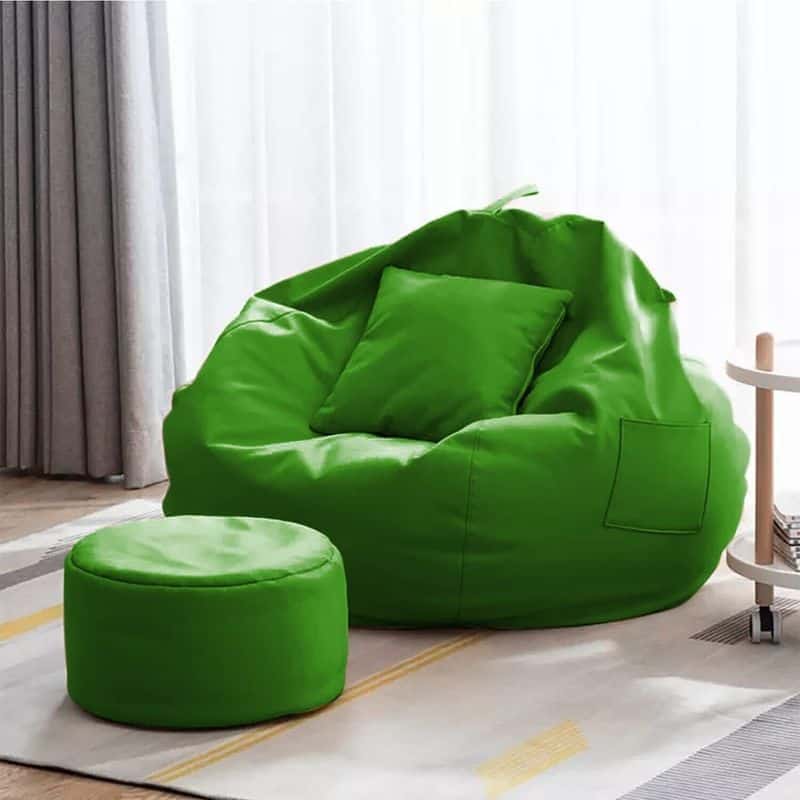
Bean bag chairs gained popularity in the 2000s, offering a casual seating option that was both comfortable and versatile. Typically found in family rooms and bedrooms, they catered to a relaxed lifestyle.
These chairs were available in various sizes and colors, easily adaptable to different decor styles. Their plush, malleable nature provided a cozy seating experience.
Bean bag chairs symbolized the shift towards more laid-back, personalized interiors, aligning with the era’s emphasis on comfort and adaptability in home design.
10. Minimalist Wall Art
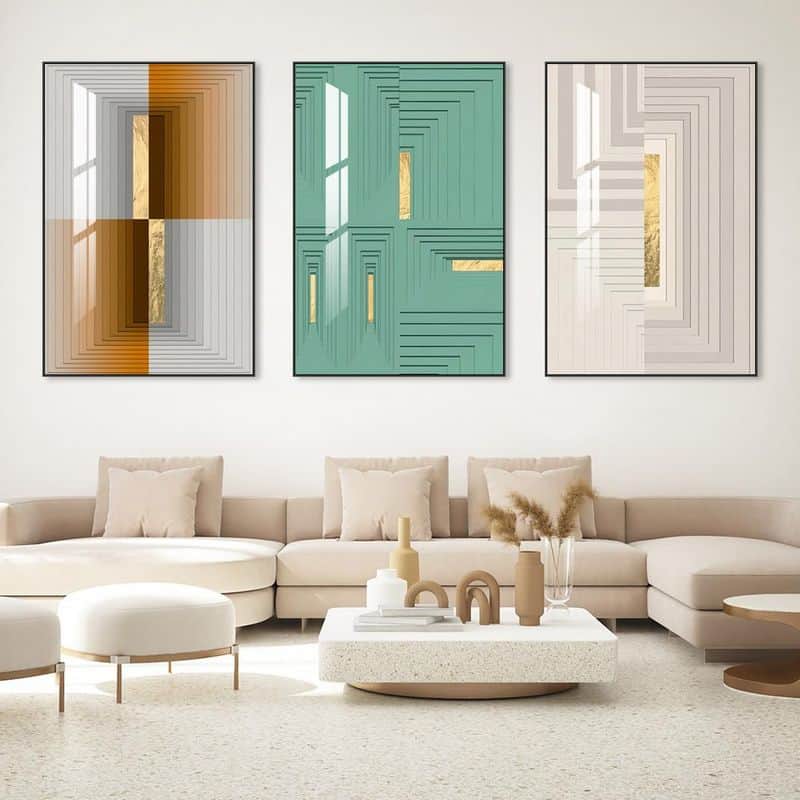
In the 2010s, minimalist wall art became a favored decor element, known for its simplicity and elegance. These pieces often featured abstract or geometric designs in monochrome palettes.
Minimalist art complemented the clean lines and open spaces of modern interiors, offering a sophisticated touch. The art’s understated beauty allowed it to blend seamlessly into various settings.
This trend reflected the decade’s focus on decluttering and mindfulness, emphasizing quality over quantity in home decor. It catered to those seeking tranquility and balance in their living spaces.

